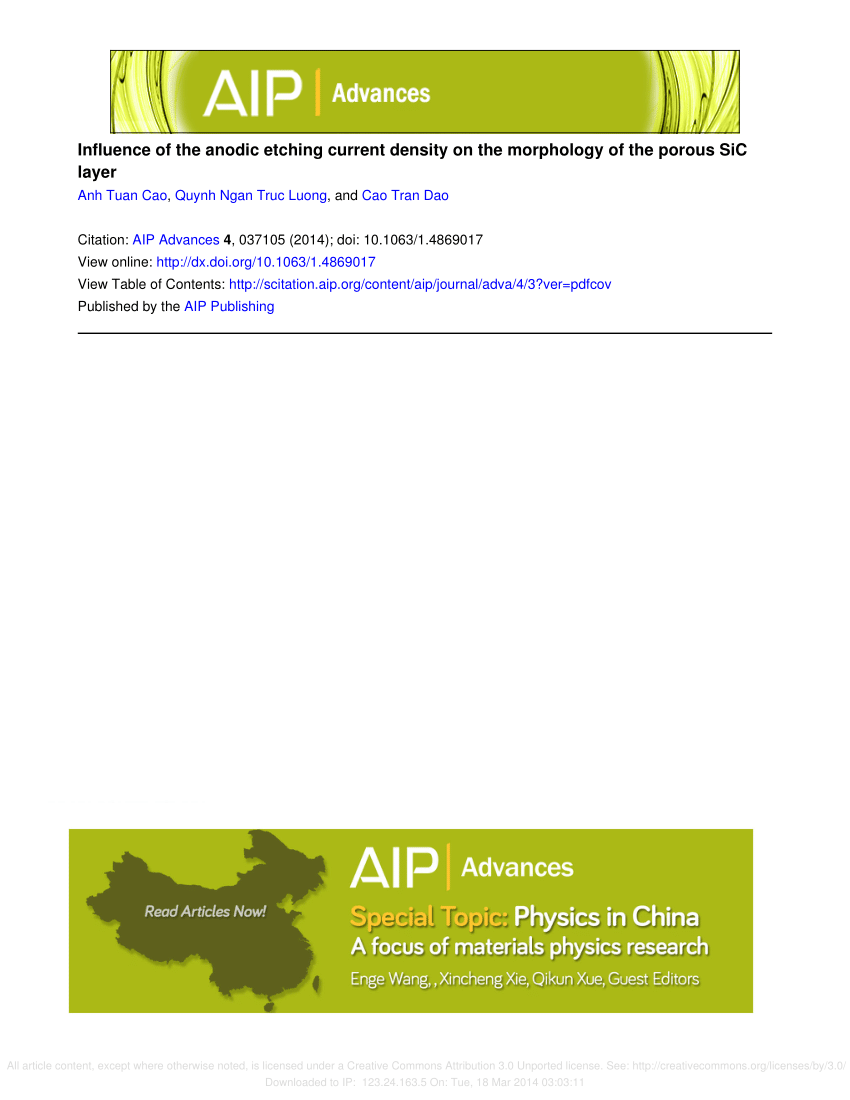Study on the cracking process of epoxy resin under oxygen and water atmosphere based on ReaxFF force field
IF 1.4
4区 物理与天体物理
Q4 MATERIALS SCIENCE, MULTIDISCIPLINARY
引用次数: 0
Abstract
Amino-cured epoxy resins are widely used in the electrical and electronic industry for their excellent properties. To investigate the mechanism of the effect of O2 and H2O on the pyrolysis behavior of epoxy resin, in this paper, the cross-linked structure of bisphenol A type epoxy resin cured by adducts of diethylenetriamine and butyl glycidyl ether is modeled based on the ReaxFF force field, and the thermal decomposition processes at different temperatures and gas atmospheres were simulated and the pathways of the small molecule products were clarified. The results show that epoxy resin will produce small molecule gas products, such as H2, CO, H2O, OH, CH2O, and free radicals, in the process of pyrolysis; the presence of amino groups also generates nitrogen-containing radicals, such as CN, CH2N, and C2H4N; as the reaction temperature increases, the rate of pyrolysis reaction will be accelerated. The same temperature in oxygen and water atmospheres can accelerate the breakage of epoxy resin main chain by promoting the breakage of carbon and oxygen bonds and, at the same time, promote the generation of small molecule gases, such as H2 and CO.基于 ReaxFF 力场的氧气和水环境下环氧树脂开裂过程研究
氨基固化环氧树脂以其优异的性能被广泛应用于电子电气行业。为了研究 O2 和 H2O 对环氧树脂热分解行为的影响机理,本文基于 ReaxFF 力场,模拟了二乙烯三胺和丁基缩水甘油醚加合物固化双酚 A 型环氧树脂的交联结构,并模拟了不同温度和气体环境下的热分解过程,明确了小分子产物的生成途径。结果表明,环氧树脂在热解过程中会产生 H2、CO、H2O、OH、CH2O 和自由基等小分子气体产物;氨基的存在还会产生 CN、CH2N 和 C2H4N 等含氮自由基;随着反应温度的升高,热解反应的速率会加快。在氧气和水气氛中,相同的温度会促进碳键和氧键的断裂,从而加速环氧树脂主链的 断裂,同时促进 H2 和 CO 等小分子气体的生成。
本文章由计算机程序翻译,如有差异,请以英文原文为准。
求助全文
约1分钟内获得全文
求助全文
来源期刊

AIP Advances
NANOSCIENCE & NANOTECHNOLOGY-MATERIALS SCIENCE, MULTIDISCIPLINARY
CiteScore
2.80
自引率
6.20%
发文量
1233
审稿时长
2-4 weeks
期刊介绍:
AIP Advances is an open access journal publishing in all areas of physical sciences—applied, theoretical, and experimental. All published articles are freely available to read, download, and share. The journal prides itself on the belief that all good science is important and relevant. Our inclusive scope and publication standards make it an essential outlet for scientists in the physical sciences.
AIP Advances is a community-based journal, with a fast production cycle. The quick publication process and open-access model allows us to quickly distribute new scientific concepts. Our Editors, assisted by peer review, determine whether a manuscript is technically correct and original. After publication, the readership evaluates whether a manuscript is timely, relevant, or significant.
 求助内容:
求助内容: 应助结果提醒方式:
应助结果提醒方式:


